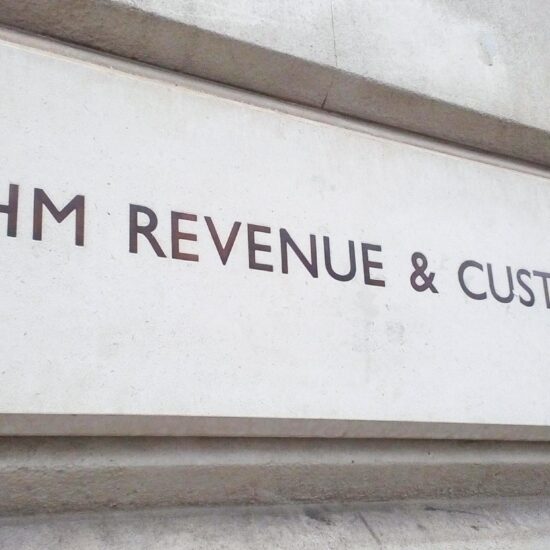Late VAT registration: Get the details right
by Jason Croke – VAT Director – Rayner Essex
Jason Croke answers a common question that repeatedly comes up on the Any Answers forum: how many years should a business go back if they’re over the VAT threshold?
There are situations where a business should have registered for VAT some years previously but had failed to do so.
Sometimes the delay is because the business thought their supplies were exempt/outside the scope of VAT but later that view turns out to be wrong.
Sometimes a business skirts around the VAT threshold and may not have realised they went over the VAT threshold some years previously. Whatever the reason, it does happen and it raises the question – how many years do I have to go back for VAT registration?
Background
The initial answer may be that HMRC is limited/capped to four years retrospectively unless they can demonstrate fraud/deliberate actions.
The four year rule applies to businesses that are already VAT registered, so an error – be it an incorrect VAT rate or lack of evidence to support zero rated exports, those errors are generally capped to four years.
The four year rule works both ways of course, so if a business has failed to reclaim input tax it was entitled to but failed to reclaim, is not able to adjust historical returns beyond four years.
VAT registration
When a business exceeds the VAT registration threshold in any 12 month period, it is required to notify HMRC by way of VAT registration. HMRC may spot a late registration when a business files its accounts or personal tax returns, but there is no guarantee, it is the trader’s responsibility to notify.
As part of that notification, a trader may seek exemption from registration on the basis they only went over the VAT threshold by a modest amount and their turnover will drop below thereafter, for example a one-off project might push the business over, before income settles back to as it was.
The requesting exemption from registration is still a formal notification to HMRC that the business has gone over the threshold, that HMRC may then accept the request to be exempt from registration on this occasion is a separate outcome.
20 years
There is a 20 years’ time limit where there is a failure to notify a compulsory VAT registration, see HMRC’s VAT assessment and error correction manual (VAECC140) and also the VAT registration manual: failure to notify ( VATREG26000).
Seeking exemption from registration requires notification; otherwise HMRC cannot differentiate between a diligent business requesting permission not to be registered for VAT and a business that has gone over the threshold without realising it.
Likewise, if a business could just avoid registering for VAT when they are required to do so, but take the risk HMRC will never find out, then that risk would with a four year time limit, be a risk worth taking as HMRC would only ever be able to backdate the VAT registration four years.
But that is not how it works. HMRC will calculate the date the business went over the VAT registration threshold using the normal 12-month backwards look and 30-days forward look tests.
If, following those tests/calculations, the business was deemed to be over the threshold five, 10 or 15 years ago, then that is the Effective Date of Registration (EDR) and the business will be retrospectively registered from that date and liable for accounting for output tax on sales from that date, with of course the right to reclaim input tax.
The issue then arises that both output tax and input tax may not be wholly identifiable when a business usually retains accounting records for 10 years, sometimes less. So then HMRC would need to estimate a fair and reasonable amount of outputs and inputs. A business that has a mixture of zero rated exports, standard rated domestic sales and maybe outside the scope of VAT overseas services would therefore take a real deal of effort to arrive at a fair and reasonable set of figures.
The EDR is a matter of fact, so if the business failed to register for VAT 10 years ago, then the business cannot just register for VAT from a current date…well, they can but it would be an incorrect date, the EDR is a matter of fact. HMRC might not notice, but it doesn’t take a large leap for HMRC to enquire into the first VAT return and then look back at Companies House and historical accounts filed and then ask why the business only registered from a current date.
Penalties
Like any late VAT registration, there are penalties that apply to the net VAT liability (outputs minus inputs), these are:
If you registered not more than nine months late, penalty is 5% of net VAT liability. The penalty then increases to 10% for notification being more than nine months but not less than 18 months and then finally the penalty is 15% for notifications later than 18 months.
Summary
The best way to avoid late registration is by ensuring the business performs a regular rolling 12-month check of turnover, ideally at the end of each month but even if performed at least annually. There is opportunity to identify whether the business should have registered for VAT or not and any late notifications are minimal/within the lower penalty banding.







